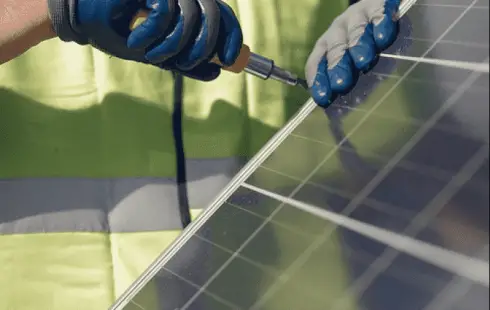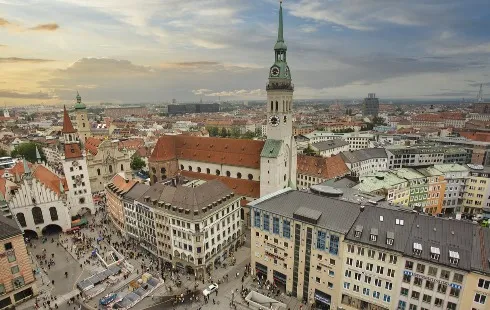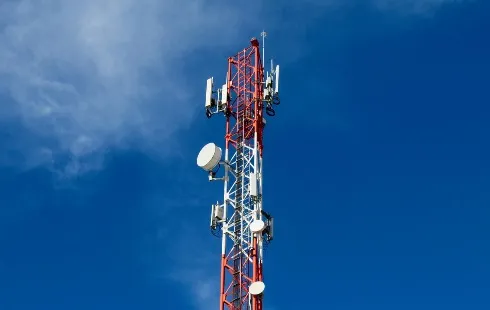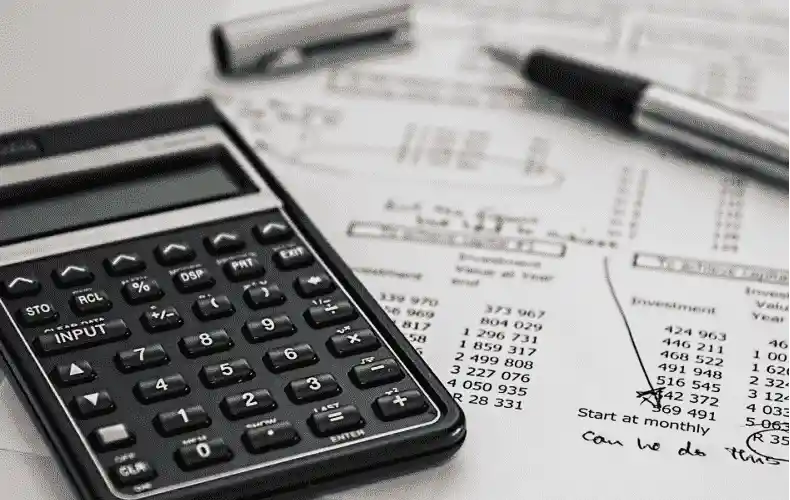
Gonadorelin Peptide: A Gateway to Understanding Endocrine Dynamics
Section: Science
 If we were to judge solely by the number of balcony power plants, Munich would already be well on its way to achieving its energy transition goals. In 2020, there were merely 96 of these photovoltaic installations connected to power outlets in the city. However, last year, that number skyrocketed to 1550. According to Stadtwerke München (SWM), the city's public utility company, nearly 2000 new balcony power plants have already been connected this year, and they suspect there might be even more devices that are unreported.
If we were to judge solely by the number of balcony power plants, Munich would already be well on its way to achieving its energy transition goals. In 2020, there were merely 96 of these photovoltaic installations connected to power outlets in the city. However, last year, that number skyrocketed to 1550. According to Stadtwerke München (SWM), the city's public utility company, nearly 2000 new balcony power plants have already been connected this year, and they suspect there might be even more devices that are unreported.
Despite this remarkable surge, the catch is that the combined capacity of the 3522 installed systems accounts for only 2.2 percent of the total photovoltaic capacity generated in Munich. In comparison to the city's annual power demand of 7000 gigawatt-hours, these balcony power plants can cover a mere 0.00025 percent.
Nevertheless, plug-in solar systems are contributing to the energy transition. They become financially viable within a few years, and there's also a substantial subsidy from the city for their purchase. What should one be mindful of when acquiring a balcony power plant? Find the answers to the most important questions below.
What is a Balcony Power Plant?
Although the term "balcony power plant" has become synonymous with plug-in solar systems, it is somewhat misleading. The solar modules don't necessarily need to be mounted on balconies. Çi?dem Sanalmis, who volunteers at Munich's Urban Building Center as a consultant on photovoltaics and solar thermal energy, clarifies, "They can be attached to house walls, terraces, or even the roofs of garden sheds." She prefers the term "plug-in solar devices" since they connect to power outlets.
How do the Solar Devices Operate?
Balcony power plants convert sunlight into electricity for household consumption. Currently, plug-in solar devices are allowed a maximum nominal output of 600 watts. The German government aims to increase this value to 800 watts, as indicated in the recently passed first solar package.
How is a Balcony Power Plant Installed?
These devices only generate electricity when exposed to sunlight. Ideally, a balcony power plant should be oriented towards the south, but "east and west orientations work well too," suggests energy consultant Çi?dem Sanalmis. Useful tips on orientation, as well as a step-by-step guide for connecting to power outlets, are available on the "#Solar2030" association's website. This association assists Munich residents in planning their balcony power plants. The Urban Building Center Munich also offers unbiased, free consultations, information, and events on this topic.
How is Electricity Integrated into the Grid?
Minimizing the distance to the power outlet is advisable. "Having an outdoor power outlet near the device is optimal," says Çi?dem Sanalmis. For safety reasons, she recommends a device with an inverter that automatically shuts down in case of malfunctions. The city's public utility automatically inspects the electricity meter in the house during registration and replaces it if necessary.
What should Renters and Homeowners Consider?
Tenants require their landlord's permission to install a balcony power plant. For condominium associations, a resolution from the owners' assembly is necessary if the system is to be mounted on commonly shared areas. Sample applications for permission to install plug-in solar devices can be found on the #Solar2030 website. The German Ministry of Economics intends to grant privileges to balcony power plants in the future, which would grant tenants and property owners the right to operate their balcony PV systems. This could make it more difficult for landlords and property owner associations to veto these installations.
How much does a Balcony Power Plant Cost?
A typical setup consists of two solar modules with a combined output of 600 watts. "This is easily achievable under favorable conditions," states Çi?dem Sanalmis. The purchase price, including the plug-in equipment, is around 800 euros. With an electricity generation of 600 kilowatt-hours per year, it takes a little over five years for a balcony power plant to pay for itself, according to the energy consultant. In Munich, this process is even quicker, as the city offers subsidies of up to 240 euros for the purchase. Importantly, Çi?dem Sanalmis emphasizes that "the subsidy application should be submitted before buying the device."
How is a Mini Power Plant Registered?
Currently, plug-in solar devices need to be registered at two locations: the Bundesnetzagentur (Federal Network Agency) and the local grid operator. Munich residents would contact SWM for this purpose. Registering on their website takes less than five minutes. Registering with the Bundesnetzagentur's Market Master Data Register can also be done online, requiring an additional fifteen minutes. As per the federal government's solar package, a simplified registration with the Bundesnetzagentur is expected to suffice in the future.

Section: Science

Section: Health

Section: Arts

Section: Health

Section: Science

Section: News

Section: News

Section: Health Insurance

Section: Health

Section: News
Health Insurance in Germany is compulsory and sometimes complicated, not to mention expensive. As an expat, you are required to navigate this landscape within weeks of arriving, so check our FAQ on PKV. For our guide on resources and access to agents who can give you a competitive quote, try our PKV Cost comparison tool.
Germany is famous for its medical expertise and extensive number of hospitals and clinics. See this comprehensive directory of hospitals and clinics across the country, complete with links to their websites, addresses, contact info, and specializations/services.
The granddaughter of Claire Zachanassian makes a return to Güllen, the impoverished hometown of her late grandmother, for a performance. Having never fully engaged with her grandmother's past, she is eager to finally discover Güllen. The sound of her last name stirs the entire town into action.



No comments yet. Be the first to comment!